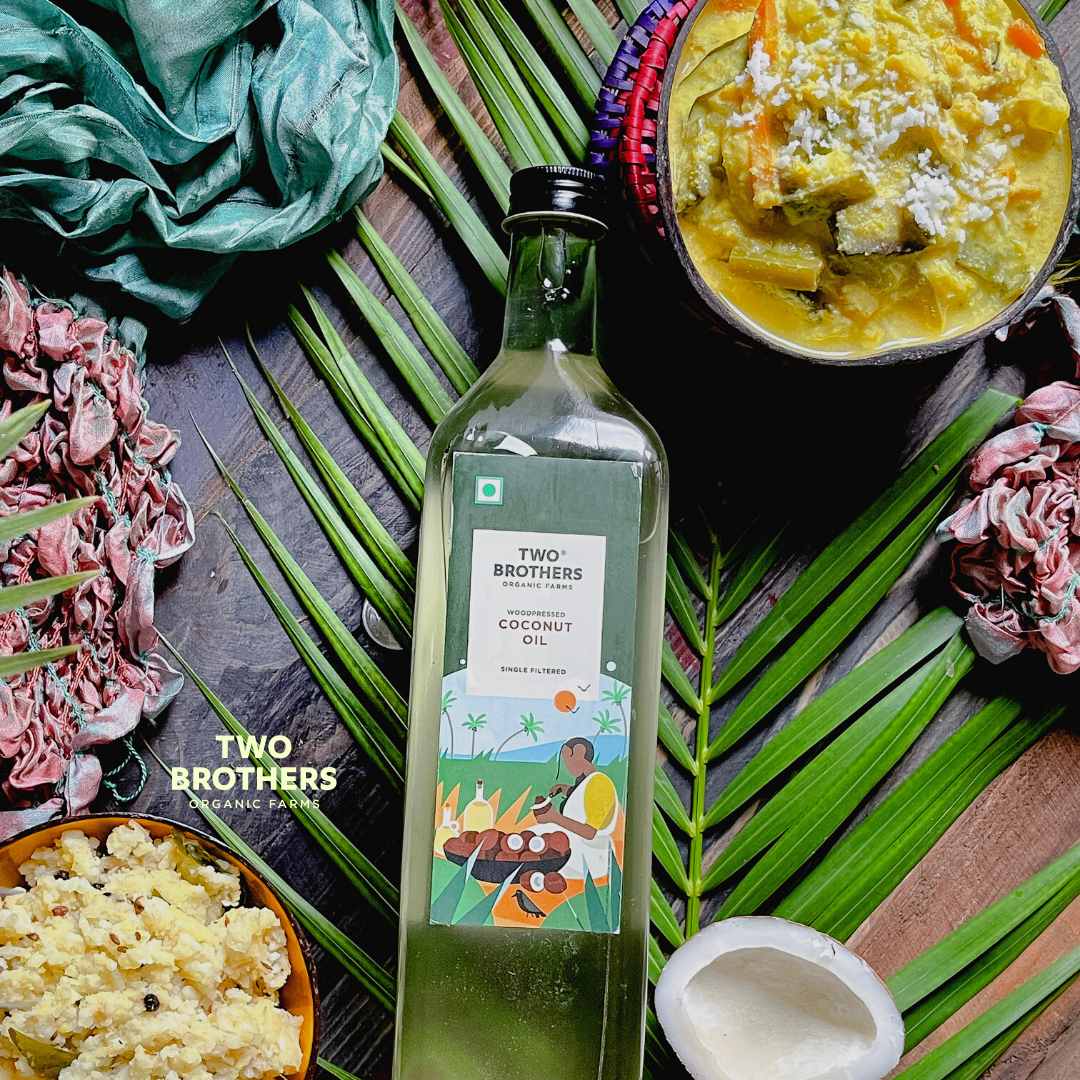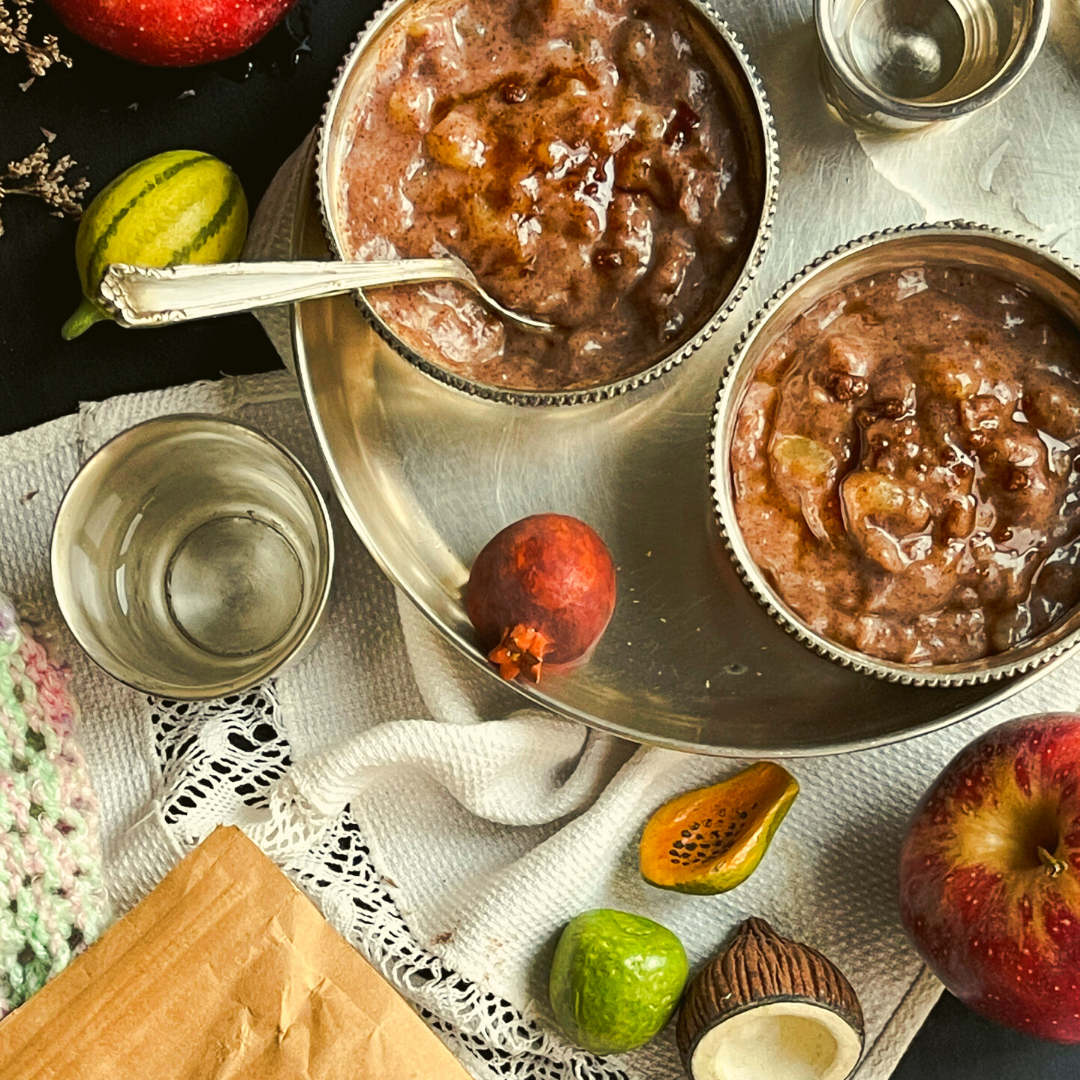The school kitchens are adding millet based dishes to the daily menus. Traditional rice based recipes are being altered to incorporate millets. They are gaining so much popularity that Chefs are having to cater to the diner’s demands and come up with interesting millet based dishes.

A decade ago this wasn’t the case was it ? So what changed… The consumption of polished white rice had increased to such a great extent that people were beginning to feel sluggish and un-healthy. This also had a lot to do with prosperity and a sedentary lifestyle.
Heritage grains had long since fallen off the radar. Refined oils, sugar, flour,grains became what Indians referred to as ‘food’ for daily sustenance. Naturally it wasn’t long before visits to the doctors and specialists began a familiar routine.Diet was looked into and proclaimed to be bad because Indians ate a lot of carbohydrates.
After jumping onto the oats and quinoa bandwagon it wasn’t long before people began to realise that any change for the positive was at best temporary...we were in dire need for a ‘fit for life plan’.
With talk of heritage grains doing the rounds people began to recall memories of eating grains other than rice and wheat . The ragi or finger millet fortunately was still in circulation as a vital weaning food for infants.Known to strengthen the bones and aid brain development, a creamy ragi millet porridge is what most Indians chose as the first weaning food for their babies. Unfortunately it was abandoned after the toddler stage.While pediatricians spoke of it, the doctors for ‘grown ups’ hardly did,preferring instaed to refer to apples and cranberries for promoting health.

Finger millet like other millets was a rain fed crop and was cultivated and harvested in a manner which sustained the environment. When demand for these foods considerably reduced ,farmers were forced to cultivate more lucrative crops,leading to excess utilisation of water and damage to bio-diversity as well as natural resources.
Today it is heartening to see all varieties of millets being sold in shops everywhere. Whether they are high end gourmet outlets which have organic millets, beautifully packaged with a recipe or the neighbourhood supermarket shelves which carry millet flour, whole millets, millet noodles and millet crackers etc...the buzz about millets is everywhere.
The elders are taking it all in with amusement because,back then, it was the poor man’s only chance at a nutritious meal. Millets grow all year round, are planned around the rainfall pattern and are extremely drought resistant. What makes an even bigger difference to the farmer is that they can be stored throughout the year without fear of it going bad.
Millets are a complex carbohydrate.Which means,the body needs to work to digest it and it gives a slow release of energy which keeps the body sugars from fluctuating. Rice based Indian snacks like chakkli/murukku are being replaced by millets. Sometimes they aren’t as tasty owing to the manner in which they are made and are eaten because of the ingredient and not the taste.

This is where the fine line between healthy and excess intake can often get blurry. While millets are good for the Indian diet,there does need to be a balance. Rice and wheat are also grains which grow in India. The word ‘gluten’ has everyone running away from wheat and eating only a millet roti. A bajra roti must be eaten with butter at a certain time of the year,in a particular geographical location. Same way a ragi mudde or a kambhu khool is meant to replace vital nutrients in certain specific months and eaten with the right accompaniments.
If not understood and eaten daily , millets are so hardy that they can lead to digestive issues as well. Everything in moderation and in balance is the key to a millet diet which will enhance the body’s working mechanism rather than put a strain on the absorption of nutrients.
Rice is also not the enemy. We have moved away from our heritage rice grains because of the western fallacy of it being responsible for weight gain. Let’s not forget the number of times we resort to binge eating processed foods in packets !
The advantages of having a well planned millet based diet is felt not just by the individual but also by the economy, the famer and the environment. When millets are cultivated, the stalks become natural fodder for the livestock.They have the ability to withstand climate change and also contribute extensively to the food chain thereby ensuring that less people face hunger.

The most popular millets are pearl millet, buckwheat, little millet,foxtail millet and finger millet. But talk to the tribals and they will have their own versions of hardy millets which are essential for their way of life. Traditional recipes featuring these indigenous grains are what safeguard the body from periodic illnesses or at the very least help provide a line of resistance which prevent serious outcomes.
Millets also encourage a plethora of diverse organisms to co-exist in harmony. The time spent in cooking millets with hard husks in an era where cooking needs to be high on convenience is seen as an exhaustive effort. The Green revolution and the refusal to accept our traditional grains is why the millets had to take a back seat in the first place.
Now that they have been offered the limelight and positioned ‘front and centre’ ,let’s take the time to understand its individual characteristics, adopt each millet into our diet based on what feels good for us and educate ourselves as much as possible about who our farmer is and where the millets are grown.

It is vital to lead by example and explain the importance of adopting certain foods into our food habits.Force feeding is never going to inculcate a taste for what we believe is good. The varieties of millets at our disposal now offer an opportunity to experiment and understand what works and what doesn’t.
Feel the texture, understand the food pairings and enjoy the taste of every mouthful.In doing that you are ensuring that millets are here to stay and are not just a passing fad or new age revolution.
Rather than thinking of a Millet based diet, the realistic way of not letting the novelty fizzle out is by following a ‘millet inclusive’ diet. Makes sense doesn’t it ?
You can buy the TBOF Sprouted Nachni (Ragi or finger millet) Malt here
Check out the TBOF Chocolate Ragi cereal mix here
- https://www.thehindu.com/life-and-style/food/the-brown-and-the-beautiful/article25444001.ece
- http://vikalpsangam.org/article/millets-the-miracle-grains/#.Xu-M5Od9jIU
- http://vikalpsangam.org/article/how-a-village-in-phek-dist-revived-millets-and-became-gender-wise/#.Xu-eLud9jIVhttps://www.healthifyme.com/blog/millets-types-benefits-recipes-weight-loss/














